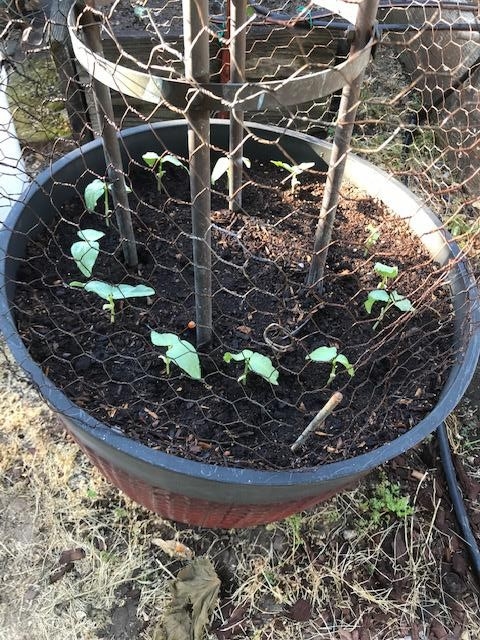A surprising number of serious gardeners confess to at least one occasion of being stumped by a gardening problem with no obvious answer. There are a number of ways to find an answer, one of which is the SJC Master Gardener Help Line. Master Gardener volunteers work diligently to provide answers based on good reference sources backed by science. You can reach the helpline at 209-953-6112 or by email at anrmgsanjoaquin@ucanr.edu. We are still waiting for the green light to open our in-person office, but we are hopeful that will happen soon.
Other serious gardeners prefer to tackle their gardening issue without any outside help, enjoying the quest for answers by utilizing online reference material such as the UCANR website and other source materials. A lot of hints and hacks are available in magazines, gardening books, and online blogs. It is prudent to give careful consideration to information from these sources, but it is even more prudent to test these hints and hacks by using the scientific method of diagnosing problems.
There are five general steps in diagnosing plant problems:
Step 1: Identify the plant
Step 2: Define the problem
Step 3: Collect Information
Step 4: Look for patterns
Step 5: Formulate a tentative diagnosis
Step 6: Provide solutions and options
A dilemma presented was the overnight disappearance of an entire fall planting of snow peas. No leaves were left on the few spindly stalks to examine for clues. Websites and books were examined, hoping to find answers. Winter weeds took over the raised bed and all was forgotten and replaced by other concerns. End of story with no answer? Enter the connection of hints and hacks with science methodology.
Sunset magazine is a reliable source of information and useful hints and hacks, consistently providing sound, reasoned advice. In the April 9, 2021 listing of Your Spring Garden Checklist, the following quote brought back the unsolved mystery of what happened to the snow peas: “Use plastic baskets from cherry tomatoes or strawberries to protect newly sprouted seedlings from birds. By the time the seedlings have grown tall enough to reach the tops of the baskets, they are no longer as tender as the birds prefer.”
It became obvious that not enough information had been collected initially in order to formulate a tentative diagnosis, but this helpful hack pointed to a possible solution that had not been explored. Birds are a part of the ecology of gardening and become problematic usually as fruit ripens on fruit trees, and are not normally considered a nuisance. The majority of birds observed in this area are scrub jays, and other field birds such as magpies which are usually solitary birds and are uninterested in young vegetable gardens. Further investigation and a recollection of a large flock of sparrows landing in the yard around the same general time gave another clue. Sparrows are migratory birds and travel in large flocks, often covering large areas as they forage for food, usually insects and seeds. Observation at the time of a very large flock of hundreds of tiny little brown birds scurrying around pecking at the bark covered ground was delightful to watch. As they ran around they looked like a field of mice. Unnoticed was the damage they were doing feasting on the newly emerged snow peas.
Once the diagnosis of bird damage was formulated, it was obvious what should be done to prevent this very unusual situation. Good advice for future vegetable crops is to cover with netting or a floating row cover until the plants get big enough as to not be tasty to any migratory birds that might want to stop by and visit and have a tasty meal before they go on their way.